By Christopher Miskimon
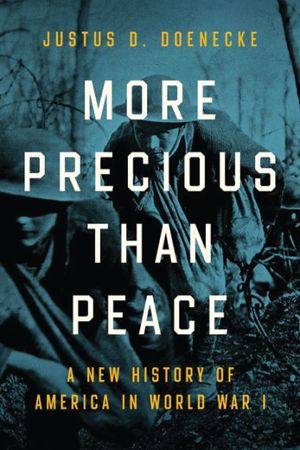 In just 19 months the United States mobilized and sent overseas two million troops and built an industrial war machine that greatly aided the Allies in winning World War I. This victory, however, did not come without a significant amount of strife and crisis. Some Americans opposed the war. Americans of German heritage claimed that the government showed an overt preference for England over their homeland. Others feared that Britain and France wanted to absorb the newly arrived American troops into their own depleted forces.
In just 19 months the United States mobilized and sent overseas two million troops and built an industrial war machine that greatly aided the Allies in winning World War I. This victory, however, did not come without a significant amount of strife and crisis. Some Americans opposed the war. Americans of German heritage claimed that the government showed an overt preference for England over their homeland. Others feared that Britain and France wanted to absorb the newly arrived American troops into their own depleted forces.
It also took time for American industry to retool factories and to develop and produce modern weapons. After the Russian Empire collapsed into civil war, it became necessary to send American soldiers there as well in an ultimately doomed attempt to bolster the anti-Bolshevik forces.
The full experience of America’s involvement in the Great War is thoroughly examined in this scholarly account. The book covers combat on the Western Front, conscription at home, and scandals surrounding training and production problems faced by a rapidly expanding military.
The book also covers the American reaction to the Russian Revolution. The author balances the various controversies and uses his detailed research to create a vivid narrative even when discussing the mundanity of politics.
More Precious than Peace: A New History of America in World War I (Justus D. Doenecke, University of Notre Dame Press, South Bend IN, 2022, 500 pp., maps, photographs, notes, bibliography, index, $35.00, hardcover)
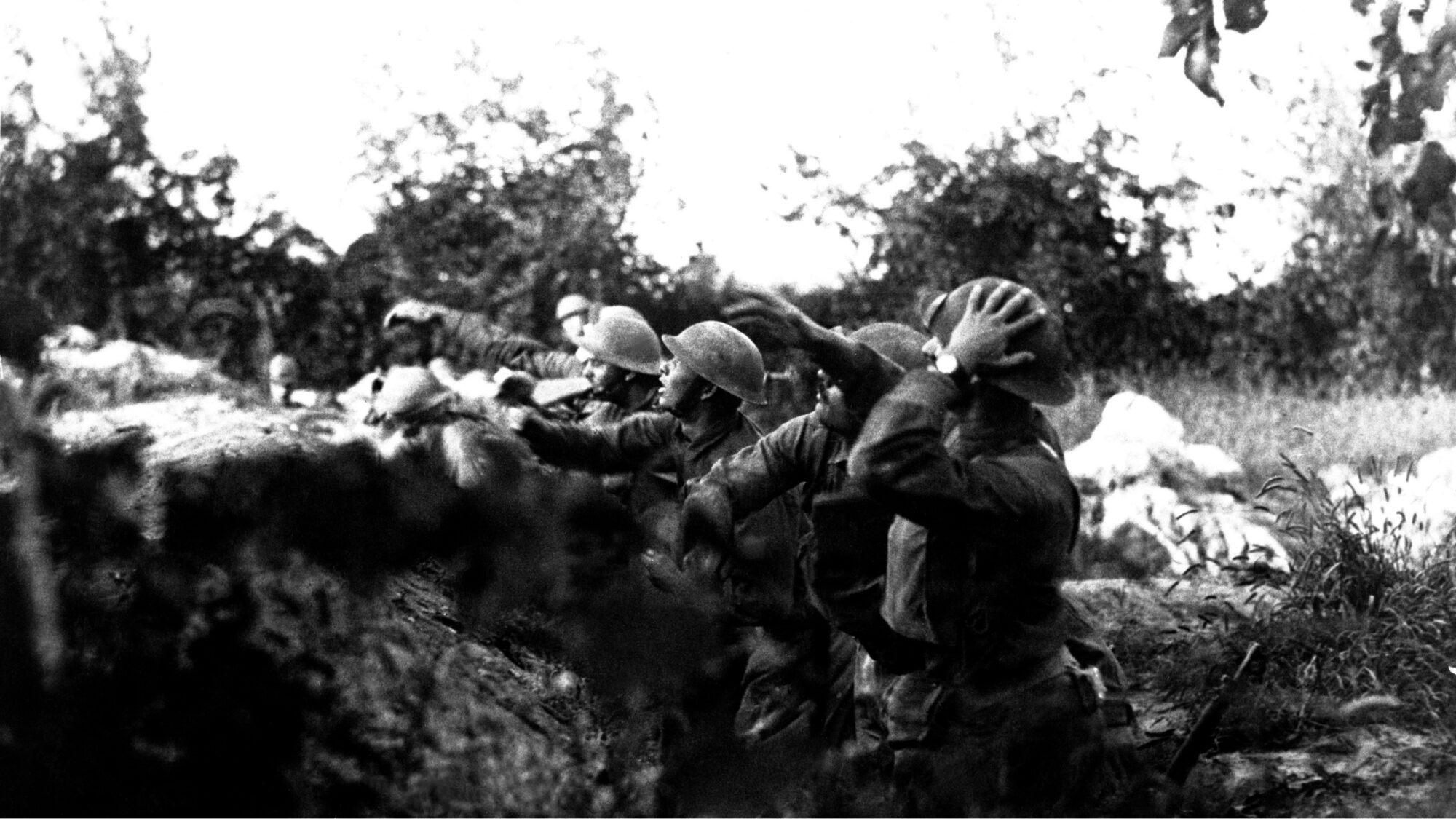
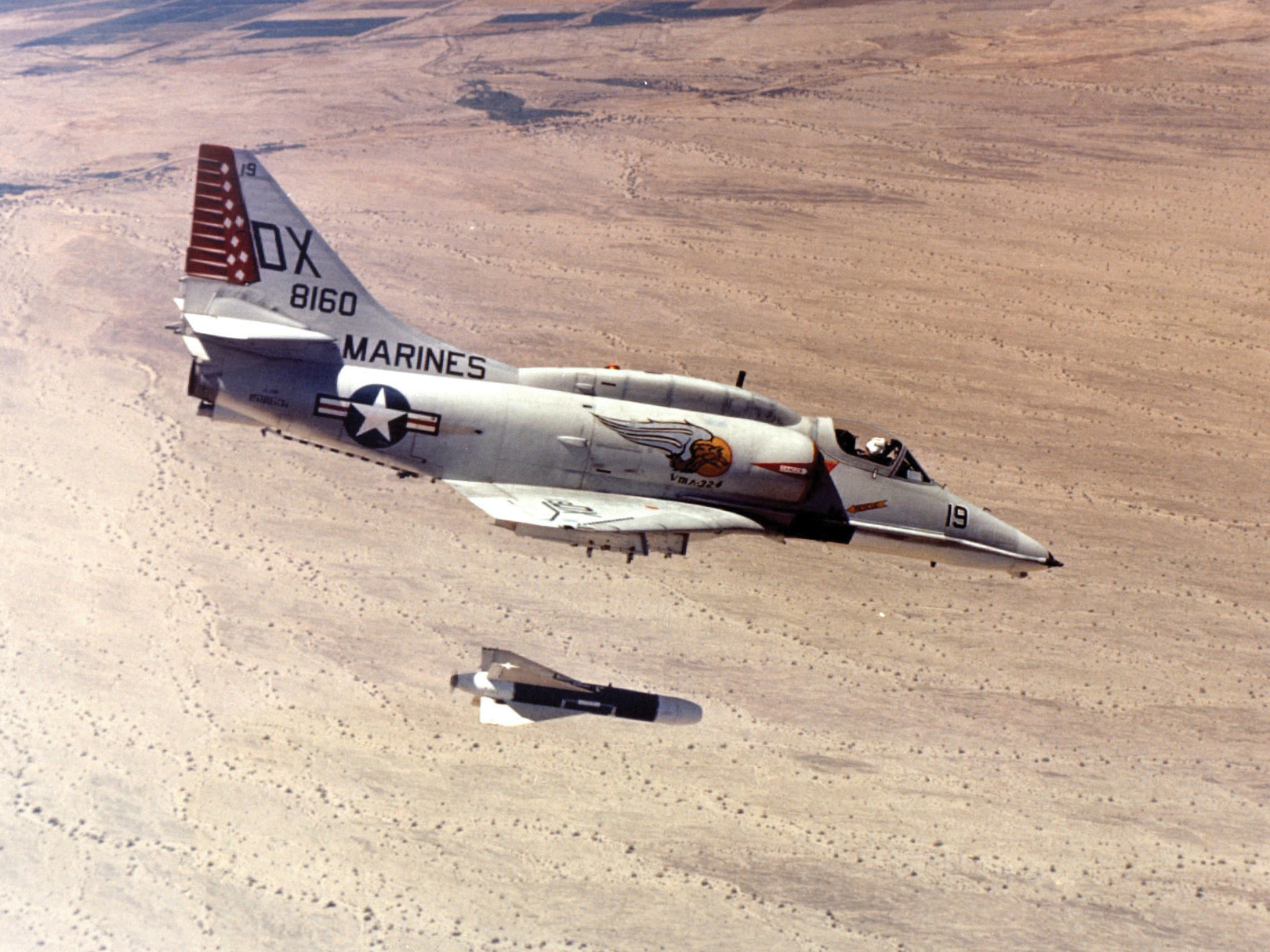
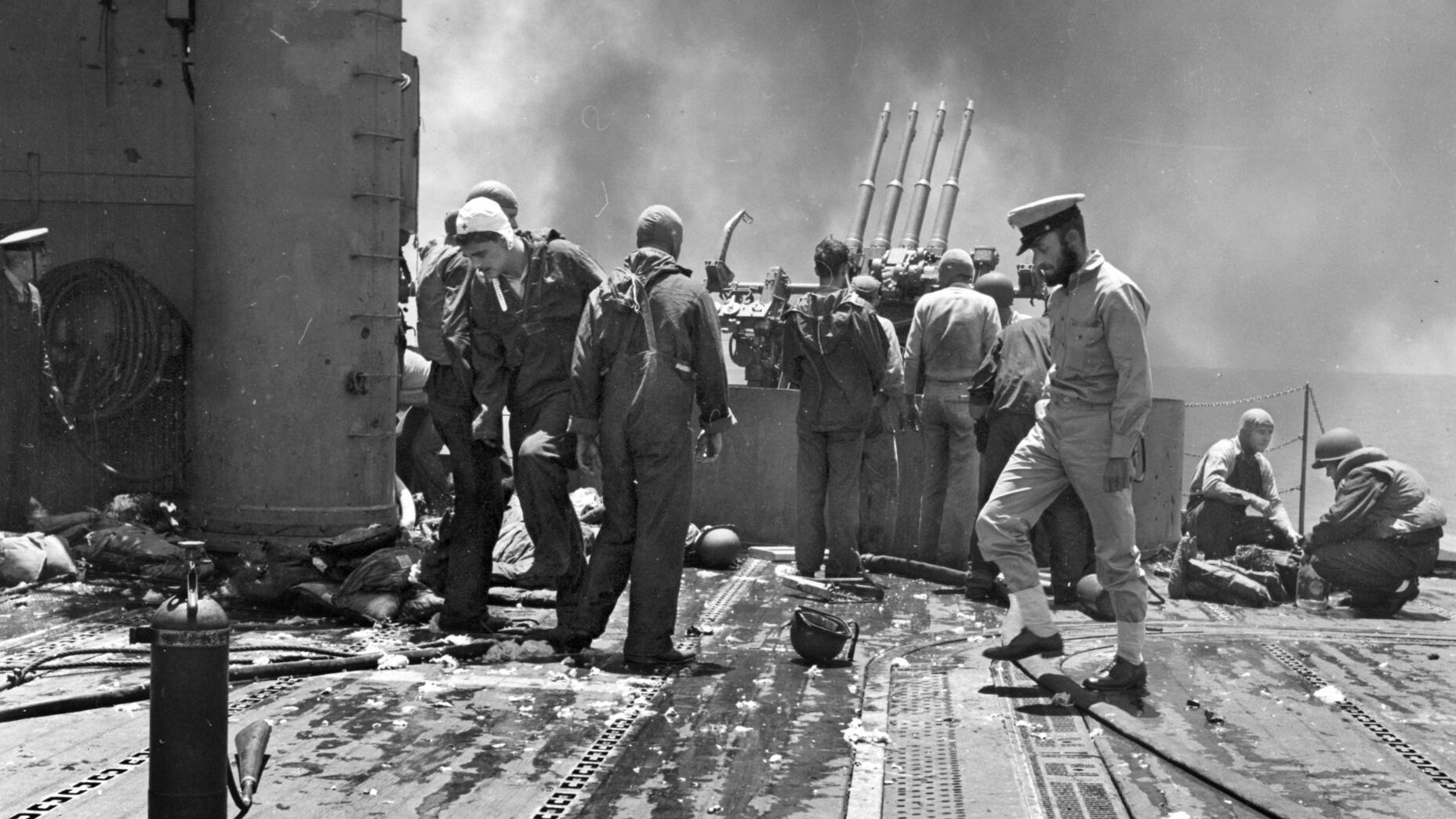
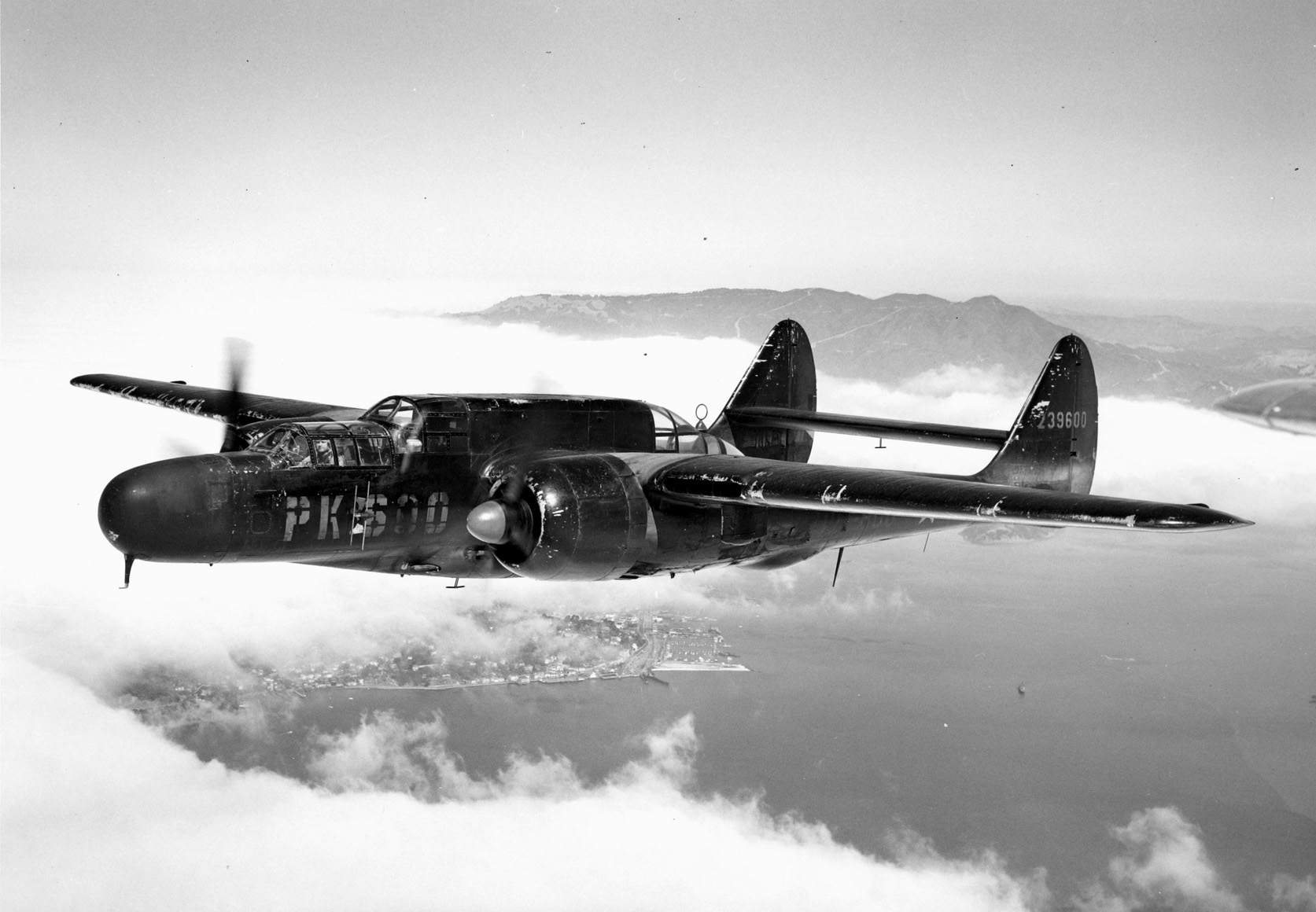
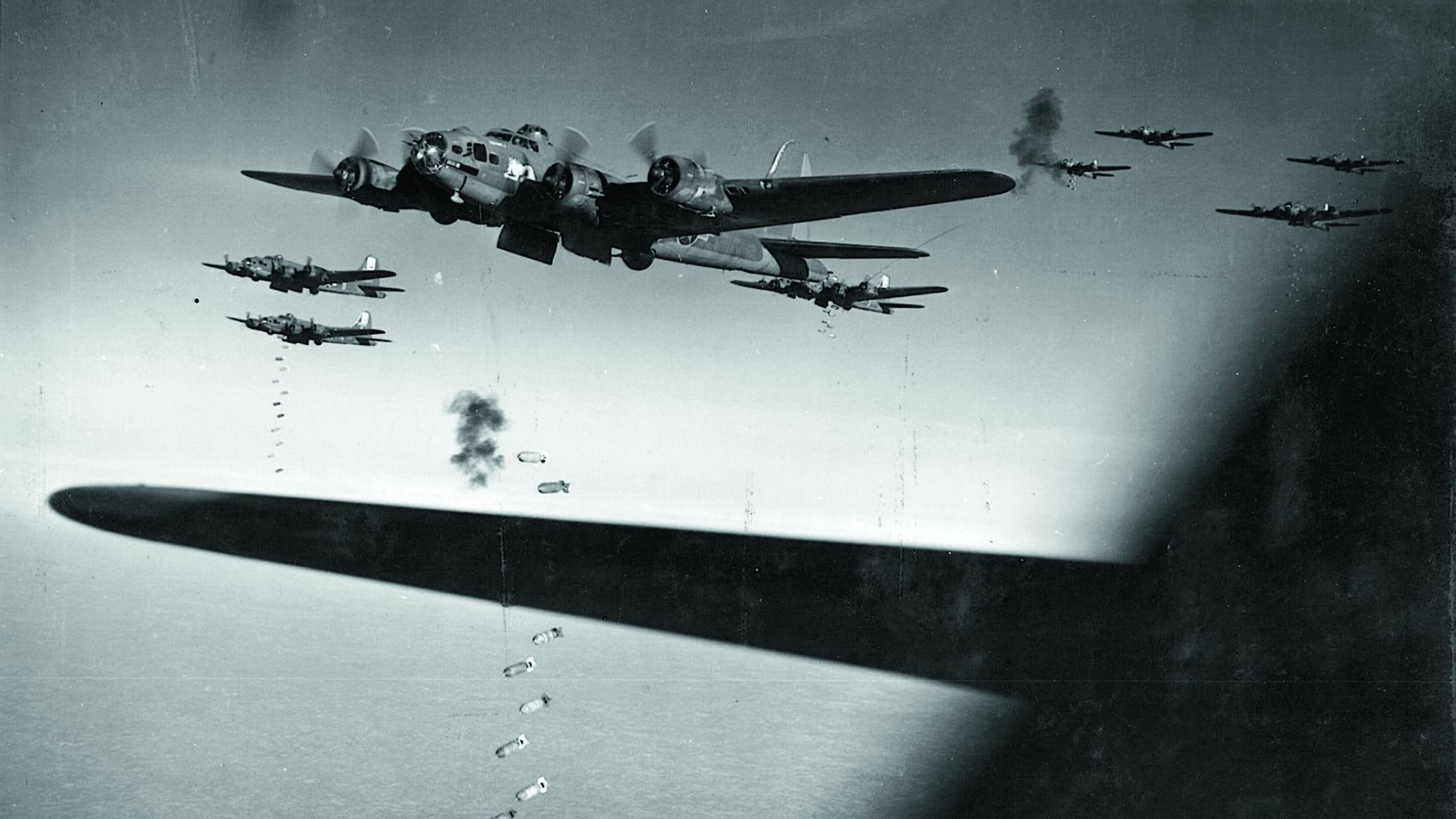
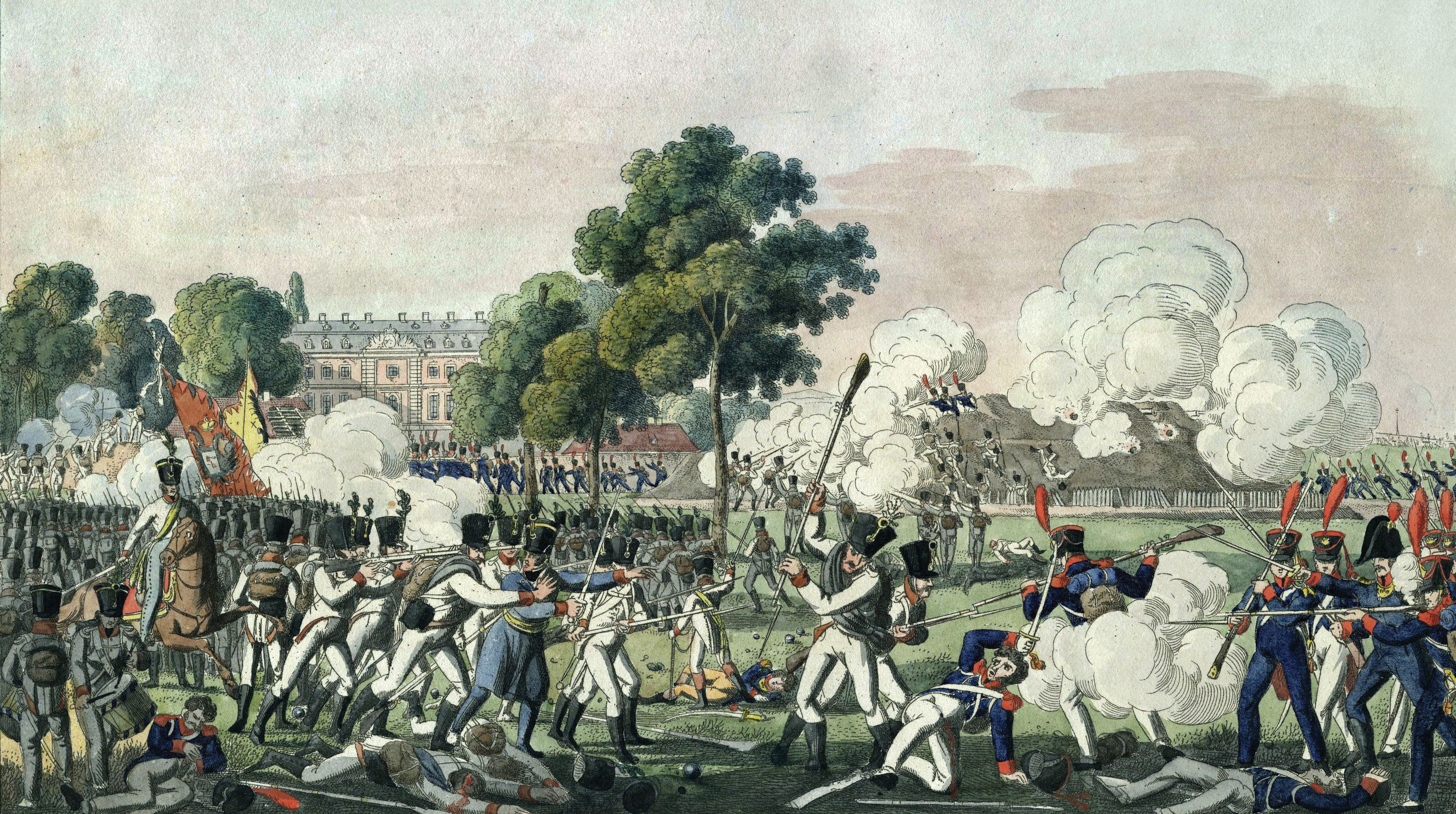
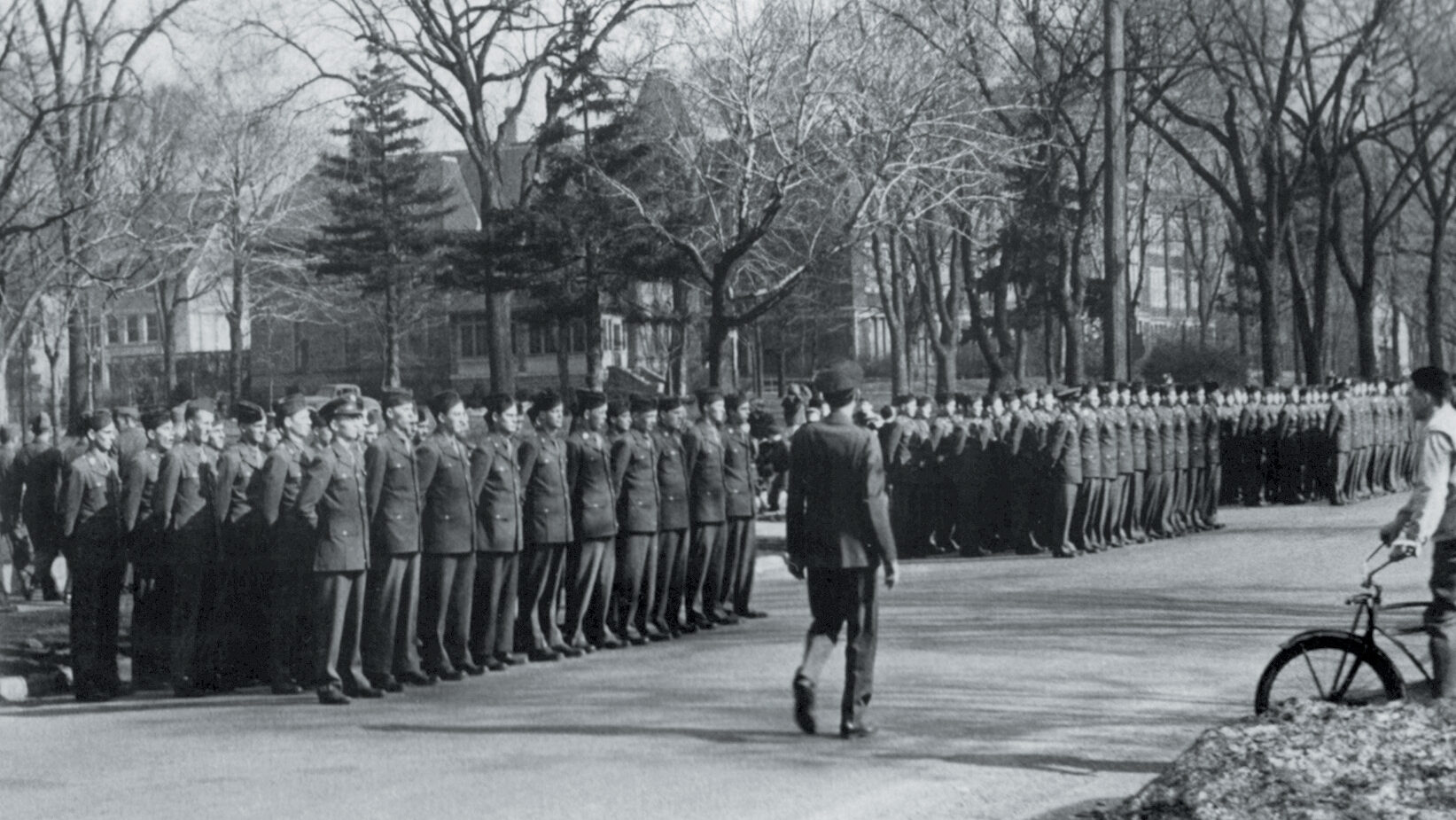
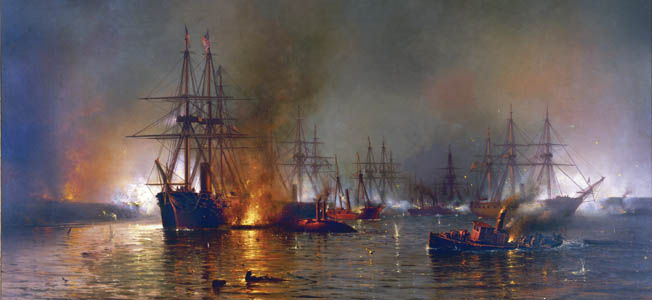
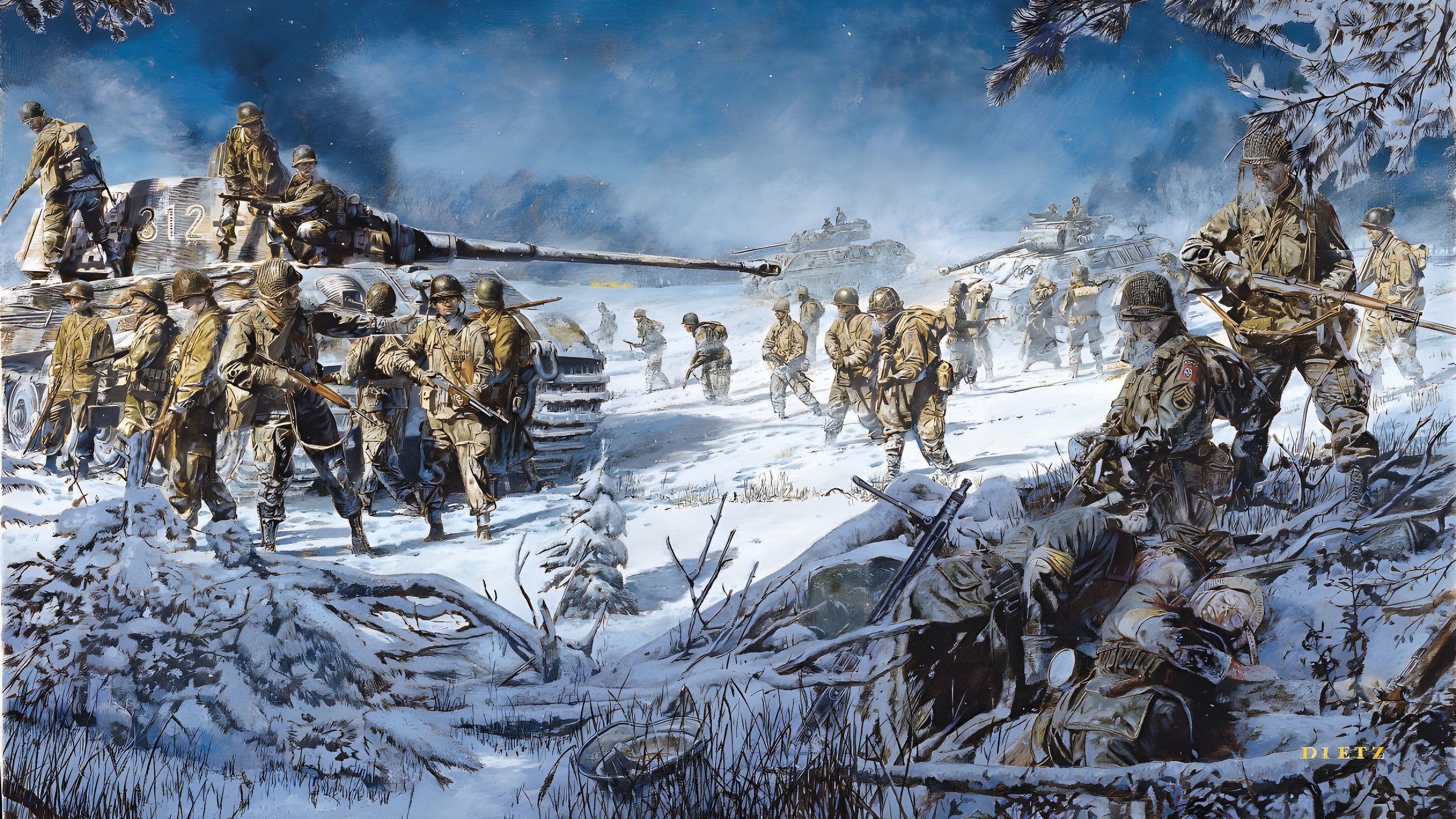
Join The Conversation
Comments